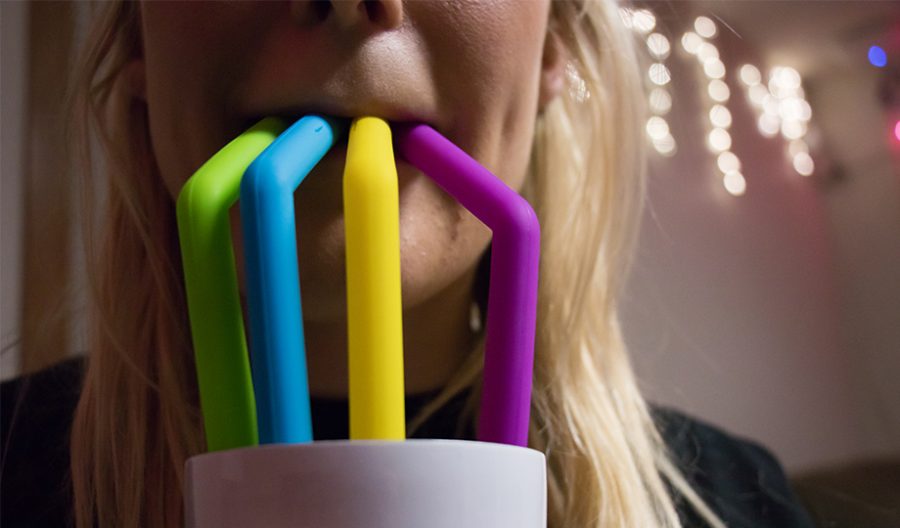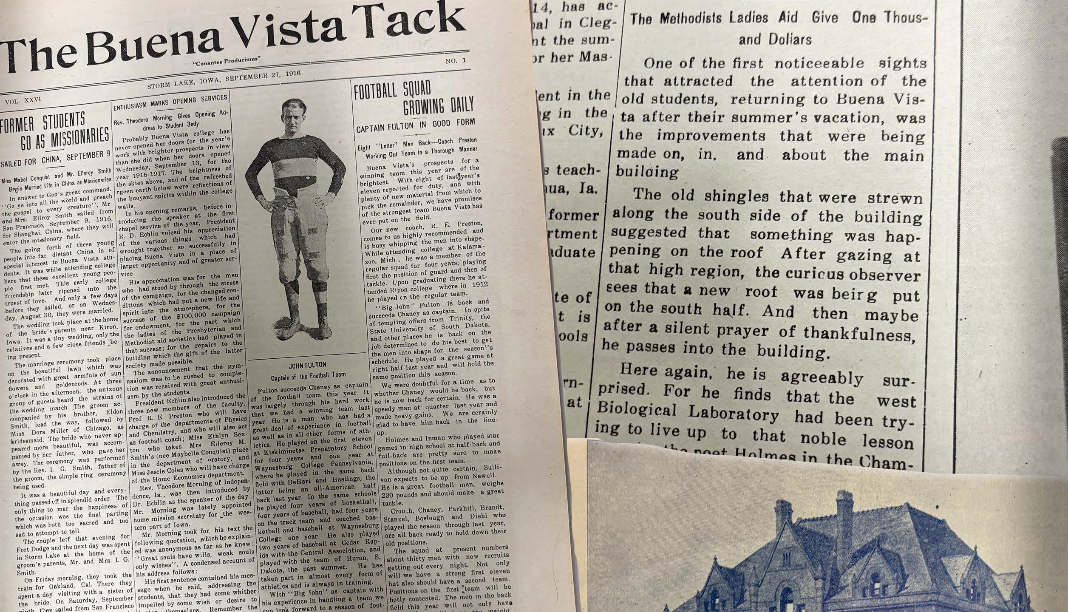Stop Sucking: How plastic straws are impacting our earth
October 18, 2017
Before going to class on a Monday morning, I usually find myself visiting the campus coffee shop. I order an iced vanilla latte served in a plastic cup, with a plastic lid and a plastic straw. Not thinking much of it, I carry on to my first class.
During my first class, I finish my iced coffee. It’s Monday morning, and I’m tired. So when I finish my coffee, I find the nearest trash receptacle (even if it is not a recyclable trash receptacle), and toss my cup inside. For the rest of my day, I think nothing of where my plastic cup, plastic lid, and plastic straw will end up.
Until now.
Did you know that eight million tons of plastic flow into our oceans each year? Did you also know that eighty percent of the debris in our oceans comes from land? Which means that it’s quite likely that my plastic cup, plastic lid, and plastic straw will end up in the ocean.
I recently spent a month in Mossel Bay, South Africa. Mossel Bay is home to a wide array of sea life. Seventy-five great white sharks, over four-thousand cape fur seals, numerous sea turtles, and many other species of sea life reside there coping with the effects my plastic waste delivers to such a beautiful area.
While in South Africa, I learned about how important it is to be aware of your plastic usage. I learned the hard way receiving endless teasing from peers, something they called “straw shaming.”
The town of Mossel Bay is located in the Western Cape right on the Indian Ocean. Due to the large sea life population in the area, people and organizations in Mossel Bay have made it their duty to reduce their plastic usage. Restaurants in the town have taken measures to reduce usage, and there are multiple campaigns to help make people more aware of their plastic usage.
Now, you might be wondering why I am bringing this topic to light because in Iowa, we are thousands of miles from the ocean. However, in the United States alone there are 500 million plastic straws used on a daily basis. The United States contributes thirty percent to the eighty percent of debris in our oceans that comes from land.
While there are many ways to reduce your plastic usage, one of the easiest ways is cutting straws out of your daily routine. You might be thinking that one small tube of plastic doesn’t make much of an impact; however, if you think about how often you use plastic straws, that’s a very significant amount of plastic.
Straws are also very small, which means they can easily get into the bodies of sea life. In 2015, a video of scientists pulling a straw out of a sea turtle’s nose went viral. This has happened to hundreds of sea turtles all over the world. Straws can also end up in the bodies of other sea life species. Plastic straws are in the top ten most common things found in the bodies of sea creatures.
The use of straws is unnecessary. Anything you can drink with a straw you can drink without one.
Although, if you still feel that it’s necessary to use straws, there are other options available. Reusable straws made of hard plastic, silicone, and metal are a cheap, and sustainable alternative. There have also been straws made of paper, which are biodegradable. All of which can be found on Amazon.
So, please. Stop Sucking.








Seyda • Oct 24, 2017 at 2:01 pm
No plastic for us and all animals